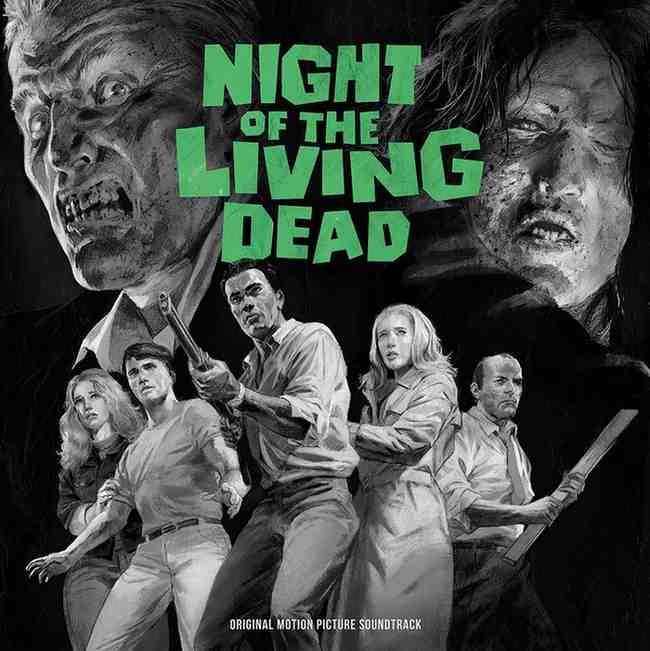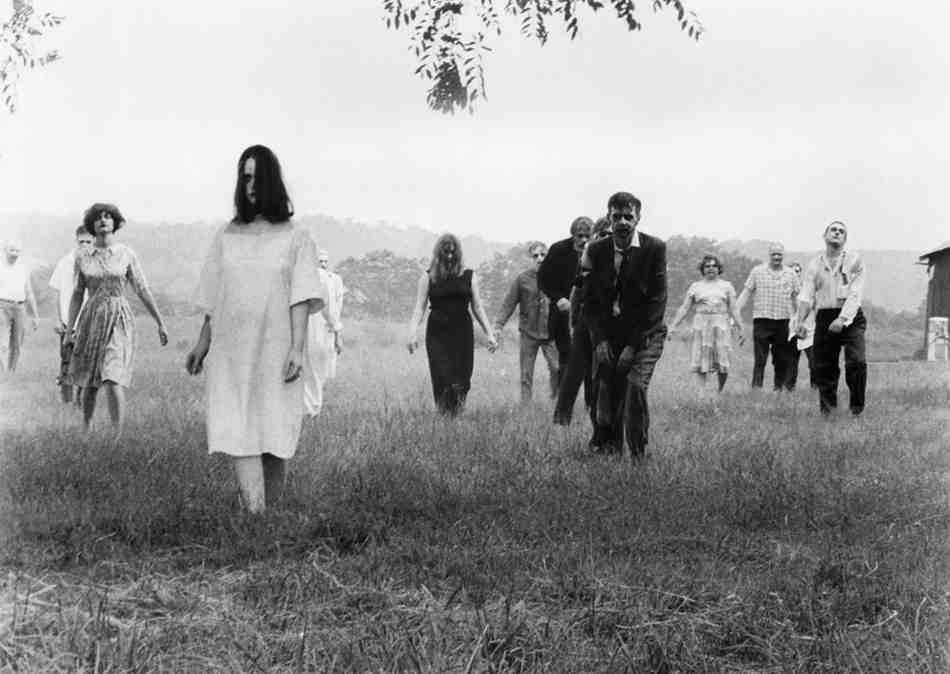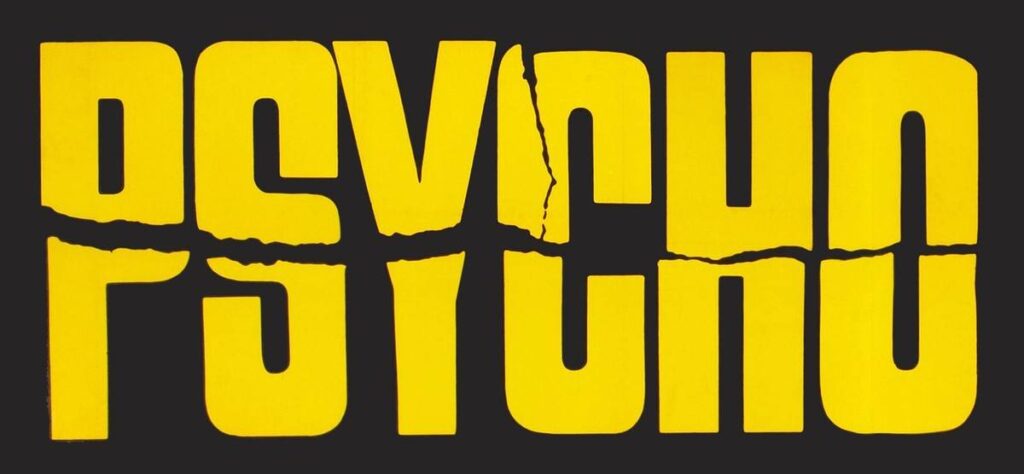The Zombie Classic That Redefined Horror Cinema

Few films have shaken the horror genre to its core like George A. Romero’s Night of the Living Dead. Released in 1968, this low-budget indie film not only invented the modern zombie apocalypse trope but also broke barriers with its social commentary, unflinching violence, and unexpectedly bleak ending. Shot in stark black-and-white, this cult classic remains a masterclass in claustrophobic horror and subversive storytelling. Let’s dissect why Romero’s undead nightmare still terrifies—and influences—horror filmmakers today.
The Plot: Trapped in a Farmhouse with the Undead
The film begins with siblings Barbara (Judith O’Dea) and Johnny (Russell Streiner) visiting their father’s grave in rural Pennsylvania when they’re suddenly attacked by a pale, shuffling figure – one of the recently deceased who has mysteriously returned to life. After Johnny is killed in the brutal assault, a traumatized Barbara flees to a nearby deserted farmhouse, where she’s joined by Ben (Duane Jones), a resourceful and level-headed stranger. As night falls, more survivors arrive seeking refuge: Harry and Helen Cooper with their injured young daughter Karen, and a young couple, Tom and Judy.
The group quickly realizes they’re facing an unprecedented crisis – the dead are returning to life everywhere, attacking and consuming the living, with each victim becoming another ravenous ghoul. As they board up windows and debate survival strategies, tensions erupt between strong-willed Ben and stubborn Harry over leadership. Meanwhile, disturbing TV and radio broadcasts reveal the terrifying scope of the phenomenon while offering no real solutions or hope of rescue.
The situation deteriorates dramatically when Karen dies and reanimates, attacking her mother with shocking violence. A desperate escape attempt involving a makeshift flamethrower ends in tragedy, and as dawn approaches, the survivors find themselves in a desperate last stand against the ever-growing horde. The film’s groundbreakingly bleak ending – where Ben, having survived the night, is mistakenly shot by a posse of armed men and casually tossed onto a bonfire of zombie corpses – delivers one of cinema’s most powerful and socially charged final moments.

Why Night of the Living Dead Changed Horror Forever
1. Birth of the Modern Zombie
Before Romero, zombies were voodoo slaves (like in White Zombie). His undead ghouls were mindless, hungry, and relentless—the blueprint for The Walking Dead, 28 Days Later, and every zombie apocalypse since.
2. Social and Political Subtext
- Race & Civil Rights: Ben, a Black protagonist, outsmarts the others—only to be mistakenly shot by white rescuers in the finale, a stark commentary on 1960s America.
- Vietnam & Consumerism: The zombies’ mindless consumption mirrored critiques of war and capitalism.
3. Guerrilla Filmmaking Genius
Made for just $114,000, Romero used local actors, real animal entrails for gore, and a Pennsylvania farmhouse to create chilling realism.
4. No Happy Ending
Unlike most horror of its era, the film kills off its hero, leaving audiences stunned—a trend later seen in The Mist and Hereditary.
5. Public Domain Cult Status
Due to a copyright error, the film became free to distribute, spreading its influence worldwide and inspiring countless remakes.
Behind the Scenes: The Making of a Nightmare
- The Ghouls’ Diet: Romero’s zombies ate insecticide-covered raw meat—actors vomited between takes.
- Ben Wasn’t Written as Black: Duane Jones was cast purely for his talent, making his role groundbreaking.
- The Original Title: Night of the Flesh Eaters—changed after a lawsuit threat.
Legacy & Influence
- Launched the Living Dead franchise (Dawn of the Dead, Day of the Dead).
- Inspired The Walking Dead, Shaun of the Dead, and Train to Busan.
- Pioneered the “survival horror” subgenre.
Why It Still Terrifies
Romero’s zombies aren’t just monsters—they’re a metaphor for societal collapse. The film’s raw, documentary-like style makes the horror feel alarmingly real.
Final Thoughts
Night of the Living Dead isn’t just a horror milestone—it’s a cultural time capsule. Whether you’re a zombie fanatic or a film history buff, this is essential viewing.
Engage With Me!
What’s your take on Romero’s zombies—scarier than modern ones? And which Living Dead sequel is your favorite?
Love modern horror? Check out my ranking of Hereditary (2018) or my deep dive into Classic Horror Movies The Shining (1980).


